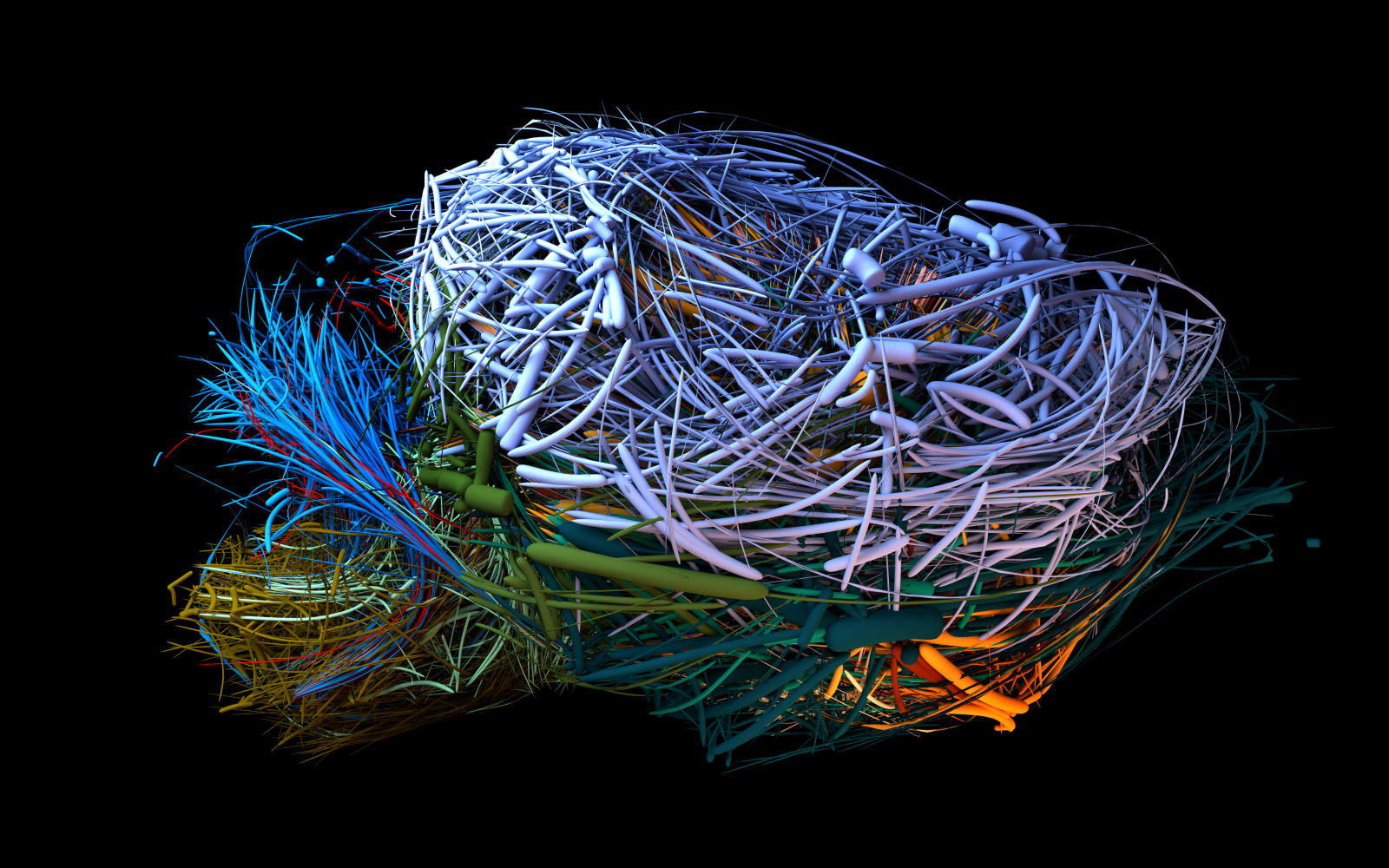Biological Networks
György Buzsáki, Korinna Allhoff, Alice Schwarze and Albert-László Barabási in conversation
Thu, October 07, 2021 7:00 pm CEST
- Location
- Online
- Language
- English
The exhibition »BarabásiLab. Hidden Patterns« is dedicated to the study of various complex systems. As such, biological networks provide the subject for this dialogue between Korinna Allhoff, György Buzsáki, Alice Schwarze, and Albert-László Barabási who give insights into their research and projects.
What are biological networks? Where can they be found? What do they look like and what role do visualizations play in exploring them? Four experts from network and neuroscience, biology, and theoretical ecology will address these and other questions in the panel discussion. In addition to neural and ecological networks, it will focus on the interconnectedness of all species.
Brain research
With over 100 billion nodes, the human brain is perhaps the most complex network known to science. Neuroscientist György Buzsáki first outlined the role of GABAergic interneurons in network oscillations. He is primarily interested in »neuronal syntax,« i.e., how the segmentation of neuronal information is organized by the multitude of brain rhythms to support cognitive functions. Methods of applied mathematics and network science can help in the study of this complex system, as Alice Schwarze, PhD, demonstrates with her research. The extraordinary complexity of the brain's wiring patterns can also be seen in the visualizations by Albert-László Barabási and his lab. The 3D representations of the so-called »Connectome« open up new ways to understand brain function.
Ecological networks
Korinna Allhoff, on the other hand, conducts research in the field of theoretical ecology and depicts ecosystems as networks in which different species interact with each other. She investigates the relationship between network structure and its stability, as well as the effects of changing environmental parameters, such as higher average temperatures.
The panel discussion aims to provide insight into the wealth of existing biological networks, their modes of representation, and the research approaches coupled to them.
The event will be held in English.
Participants
Brooke Foucault Welles (Associate Professor, Northeastern University, Boston)
Martino Mauro (founder of Visual Artificial Intelligence Lab, MIT-IBM Research)
Carlo Ratti (architect, engineer and professor at MIT)
Heidi J. S. Tworek (Associate Professor of History and Public Policy; new book: »News From Germany«
